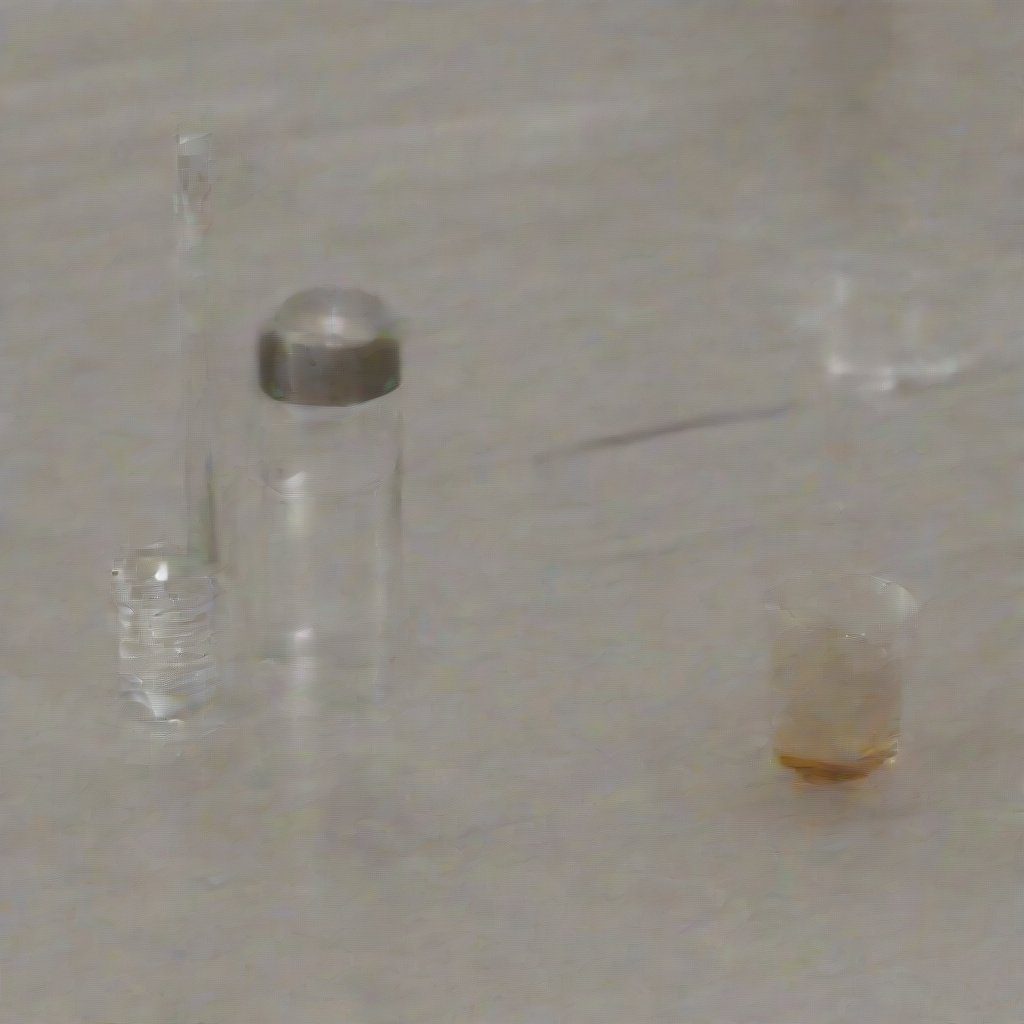Glycerin Production Methods Overview
Glycerin, also known as glycerol, is a versatile compound widely used in various industries, including pharmaceuticals, cosmetics, and food production. Understanding glycerin production methods is essential for manufacturers and suppliers aiming to optimize their production processes and meet high market demands. This glossary will explore the different methods of glycerin production, emphasizing their significance in the chemical industry.
1. Saponification
Saponification is a traditional method for producing glycerin, primarily used in soap manufacturing. This process involves the reaction of fats or oils with an alkaline substance, typically sodium hydroxide. As the fats react, they break down into fatty acids and glycerin. The glycerin produced during saponification can be extracted and purified for various applications, making it an essential method for crude glycerin production.
2. Transesterification
Transesterification is another widely employed method for producing glycerin, especially in biodiesel production. In this process, triglycerides from vegetable oils or animal fats react with an alcohol, usually methanol or ethanol, in the presence of a catalyst. The reaction yields biodiesel and crude glycerin as byproducts. This method is advantageous as it produces glycerin in significant quantities while also generating renewable energy sources.
3. Hydrolysis
Hydrolysis is a glycerin production method that involves the breakdown of triglycerides using water. This process can be performed using either acid or enzymatic catalysts. Hydrolysis produces free fatty acids and glycerin, which can be further refined for various industrial applications. Although hydrolysis is less common than saponification and transesterification, it is still a valuable method for specific glycerin production needs.
4. Fermentation
Fermentation is a biotechnological approach to glycerin production, utilizing microorganisms to convert sugars into glycerin. This method offers an environmentally friendly alternative to traditional chemical processes. While fermentation is not yet widely adopted for large-scale glycerin production, ongoing research and advancements in biotechnology are making it a promising method for the future.
5. Chemical Synthesis
Chemical synthesis involves the artificial production of glycerin through various chemical reactions. This method can utilize simple precursors, such as propylene, which undergoes a series of reactions to produce glycerin. While chemical synthesis can yield glycerin in a highly controlled manner, it is generally more expensive than biological methods, making it less common in large-scale production.
6. Purification Processes
Regardless of the glycerin production method employed, purification is a crucial step in ensuring the quality of the final product. Techniques such as distillation, filtration, and chromatography are commonly used to remove impurities and enhance the purity of glycerin. High-purity glycerin is essential for applications in pharmaceuticals and cosmetics, where product quality is paramount.
7. Environmental Considerations
As the demand for glycerin continues to rise, it is important to consider the environmental impact of its production methods. Sustainable practices, including the use of renewable feedstocks and energy-efficient processes, are gaining traction in the industry. Manufacturers are increasingly focusing on minimizing waste and reducing their carbon footprint in glycerin production.
8. Market Trends
The glycerin market has seen significant growth in recent years, driven by increasing applications across various industries. With the rise of biodiesel production and the demand for natural and organic products, glycerin production methods are evolving to meet these trends. Manufacturers must stay informed about market dynamics and adapt their production methods accordingly to remain competitive.
9. Applications of Glycerin
Glycerin produced through various methods finds applications in numerous industries, including pharmaceuticals, food and beverage, cosmetics, and personal care. Its multifunctional properties, such as being a humectant, solvent, and sweetener, make it an invaluable ingredient in many formulations. Understanding the production methods can help manufacturers tailor glycerin to specific application requirements.
10. Future of Glycerin Production
As technology advances, the future of glycerin production will likely involve more sustainable and efficient methods. Innovations in bioprocessing and enzymatic reactions may lead to enhanced glycerin yields. Additionally, the exploration of alternative feedstocks and production pathways will be critical for meeting the growing global demand for glycerin.


